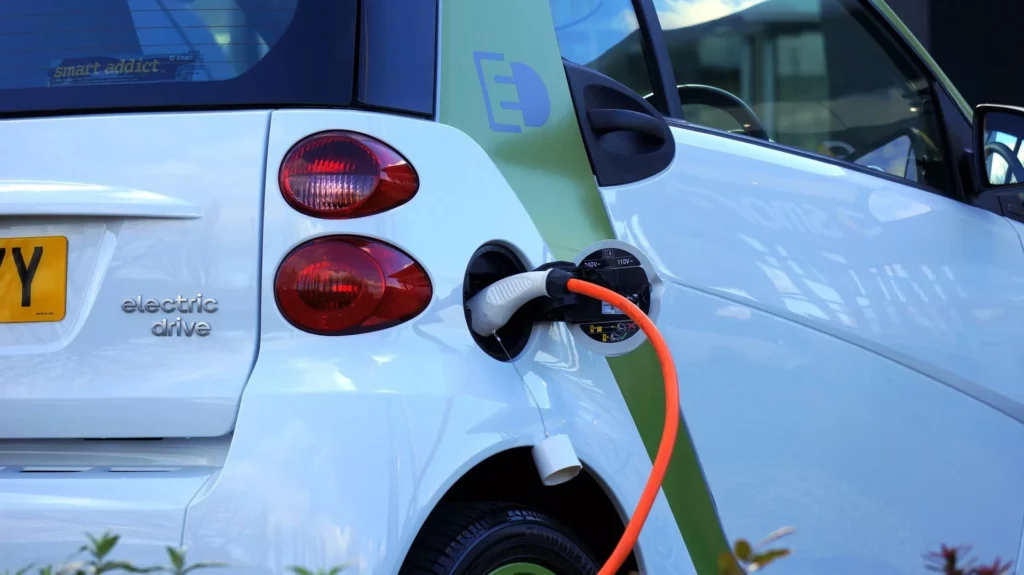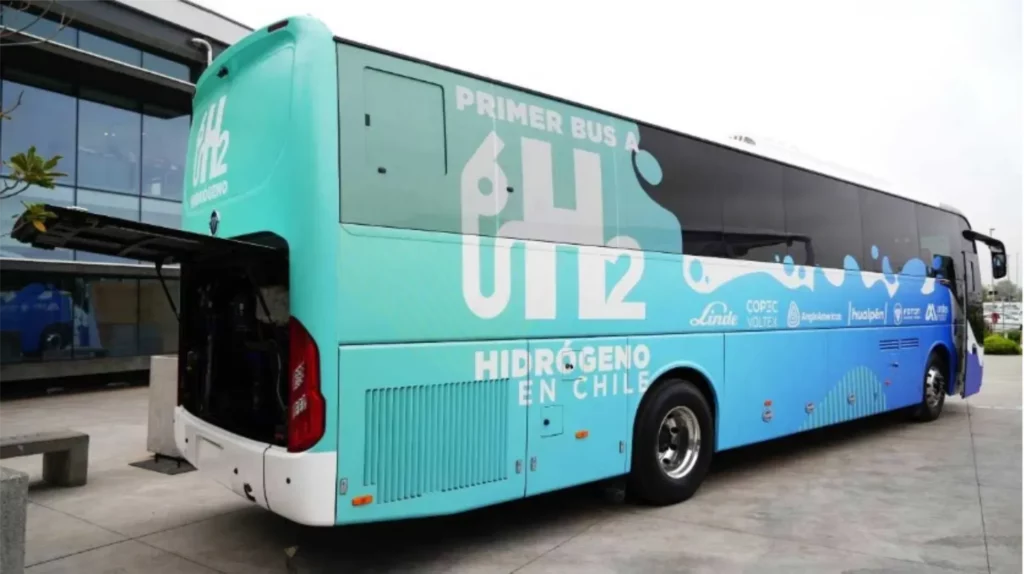Published by the Ministry of Transportation Ontario (MTO)
In 2016, Ontario launched a ten-year pilot program to allow the testing of automated vehicles on Ontario roads. In response to advances in Automated Vehicle (AV) technology, the program will be updated on January 1, 2019 to allow for testing and sale of more innovative technologies. The following change take effect on January 1, 2019:
- Automated vehicles equipped with SAE Level 3 technology that are available for public purchase in Canada can be driven on Ontario roads. These vehicles no longer be restricted to registered pilot participants. Vehicles with aftermarket SAE Level 3 technology (technology that has been added to a vehicle after sale, not by an Original Equipment Manufacturer) will remain restricted to the pilot program and will not be permitted for public use.
- A human driver is required at all times to take back the driving task when alerted to do so by the vehicle. Drivers will need to be in full care and control of vehicles with SAE Level 3 technology and all existing laws (such as distracted, careless and impaired driving laws) will continue to apply to drivers of these vehicles. Drivers are responsible for the safe operation of these vehicles at all times.
- The testing of driverless AVs is permitted in Ontario roads, under strict conditions.
A new application is required for new applicants to the pilot program, as well as for previously approved pilot program participants that wish to modify their testing plans (e.g. driverless testing). As always, Ontario’s expectation remains that all manufacturers and pilot participants continue to make the safety of all road users a top priority.





